 Loading... Please wait...
Loading... Please wait...-
Call us at: 941-500-2288
-
Mail Us at: Trains N Scale P.O. Box 178 Lehigh Acres, FL 33970-0178
- My Account
- Items / $0.00
All prices are in All prices are in USD
Categories
- Home
- Models and Prototypes Blog
- A Bitter 1894 Railway Workers Strike Culminated In Labor Day
A Bitter 1894 Railway Workers Strike Culminated In Labor Day
Posted by Neville C. Wilson on 4th Sep 2017
While the vast majority of Americans enjoy a welcome day off from work on Labor Day, the "unofficial end of summer", unbeknown to many, a bitter strike and the bloody strife that ensued, culminated in the establishment of this federal holiday.
Called the Progressive Era
by historians, the period of time spanning the 1890s to the 1920s saw
widespread activism and political reform that was aimed at dealing with the
ever growing economic disparities and social inequalities that resulted from
the rapid industrialization and urbanization of the
Part of an impending Progressive Movement, unionization was focused on dealing with the poor working conditions that resulted from unregulated corporations, large businesses, and trusts, along with the unchecked actions of ruthless capitalists or industrialists (aka "robber barons") who corrupted legislators, engaged in unethical business practices, and exploited natural resources and workers.
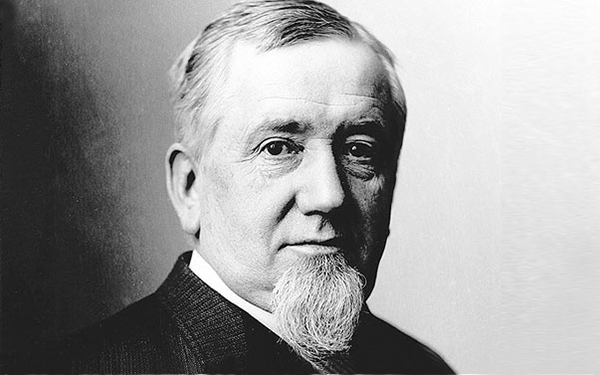
Undated Portrait of George Mortimer Pullman
Established as the Pullman
Palace Car Company by industrialist George Mortimer Pullman (1831 - 1897) in 1863, the
Pullman Company (a parent company whose name was later shortened to Pullman
Inc., in 1927) fabricated and operated a fleet of luxury railway sleeper cars
bearing the Pullman name on most of the overnight passenger trains that
operated in the
In response to the declining revenues that resulted from the "Panic of 1893" (a disastrous United States economic depression that ended in 1897), Pullman laid off or reduced the wages of workers employed at the Pullman Company, South Side Chicago, Illinois manufacturing plant.
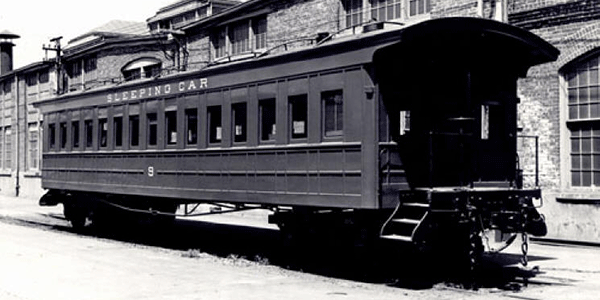
Undated Photo of an Early Pullman Truss Rod Sleeping Car
Although, by 1894,
While George Pullman resided in a mansion, most of the aforementioned workers were required to reside in company owned housing (which according to one's position within the company differed in monthly rental cost, location, and size) in the four-thousand acre town of Pullman, Illinois, where they paid above market rates for rent (which included the utilities) and company store goods, which were never reduced.
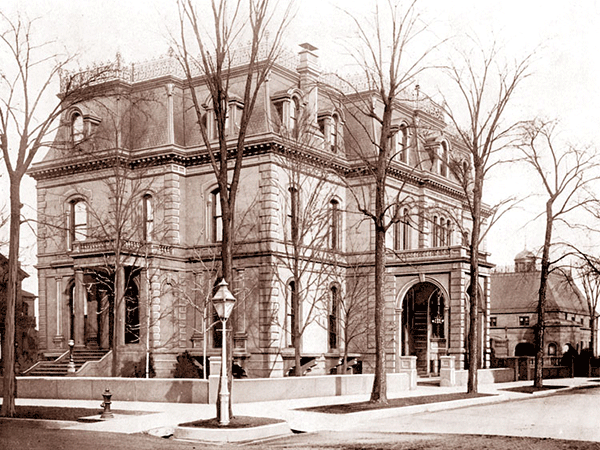
Constructed in 1876 and Demolished in 1922 the Pullman Mansion Once Stood at 1729 South Prairie Avenue
Not yet unionized, many of
the disenfranchised
Supported by, but not started by the ARU, Pullman Company employees initiated a wildcat strike on May 11, 1894.
Refusing to acknowledge
the ARU and unmoved by his embattled workers' plight, George
Tensions escalated when

Political Cartoon Depicting Pullman Squeezing His Workers with Low Wages and High Rent
Affected railroads coordinated their efforts and hired scabs and strikebreakers to keep their trains moving.
Increased hostilities led
to extensive property damage that exceeded eighty million dollars, sabotage,
and violence, which compelled the
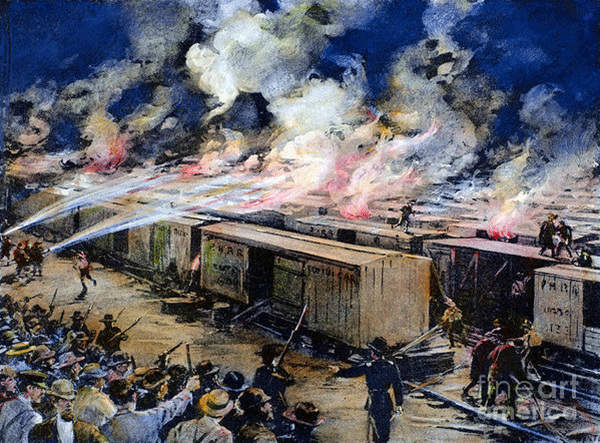
Depiction of Burning Freight Cars in the Panhandle Railroad Yard, South of 50th Street on July 6, 1894
A Colorized Drawing by Charles Mente Which was Derived From Sketches by G. A. Coffin
While their was some concern over the legality of his actions, fearing a complete shut down of the national railway system (as most of the railways west of Detroit, Michigan had been affected by the strike and/or the boycott) and obstructions to US Mail delivery (which relied upon dependable railway mail car movements), President Glover Cleveland (1837 - 1908) ordered United States Marshals and Army troops to enforce the terms of the injunction.

Armed Marshals and Soldiers Posed with a 4-4-0 Steam Locomotive
Subsequent law enforcement actions and continued violence resulted in the deaths of thirty strikers and injuries to another fifty-seven.

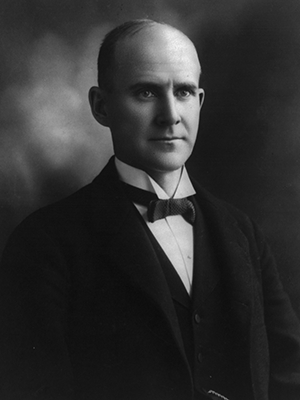
Portraits of US President Grover Cleveland (left) and Eugene V. Debs (right)
A
reconciliatory effort that was unanimously approved by the United States Congress,
six days after the conclusion of the
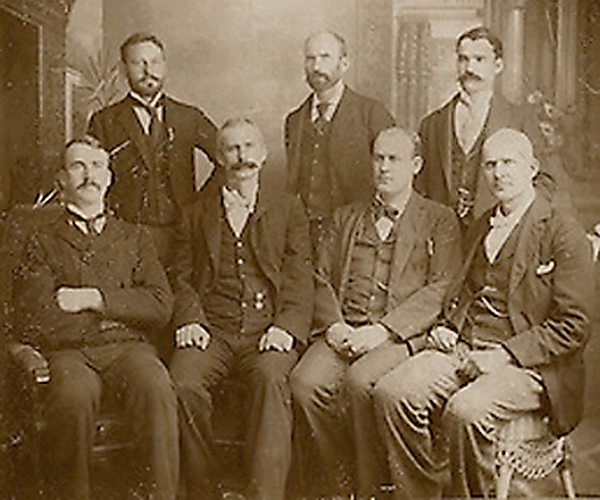
American Railway Union Officers Rogers, Elliott, Keliher, Hogan, Burns, Goodwin, and, Debs
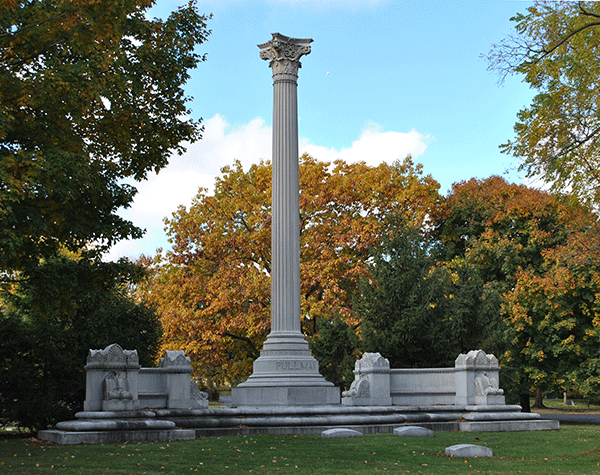
Gerald Farinas Photo of the Pullman Family Tomb in Chicago's Graceland Cemetery
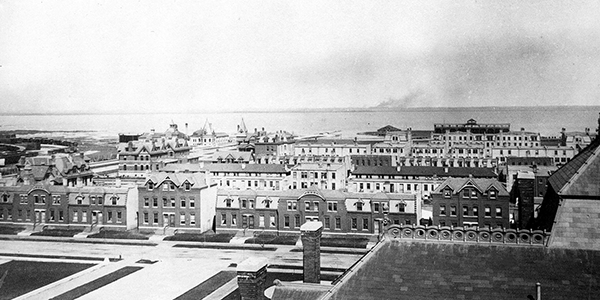
Undated Photo of the Town of Pullman as Seen From the Arcade Building
In this day and age, it is difficult to imagine how the unheard grievances of disenfranchised railroad workers resulted in a bloody conflict between strikers, strikebreakers, the U.S. army, and the U.S. Marshals Service could have culminated in the statuary, now peaceful Labor Day holiday that is officially celebrated in all of the U.S. states, the District of Columbia, and the U.S. territories to this day.
View additional articles like this one in the Trains N Scale™ Models and Prototypes Blog.
Recent Posts
- » A Quick Look: InterMountain Fox Valley Red Caboose Autoracks Review
- » A Quick Look: Athearn 2293 N UPS Wedge Trailers and Dolly
- » A Quick Look: Atlas N 1993 Ford Explorer SUV 5th Run Review
- » A Quick Look: Eastern Seaboard Models N Metal Wheel-Sets Review
- » A Quick Look: Jacksonville Terminal JTC NSC 53' Well Cars Review
